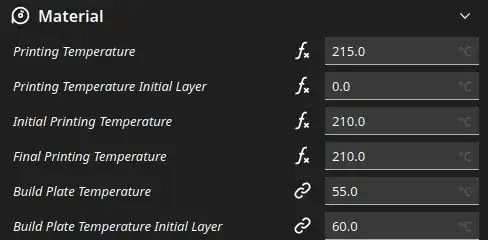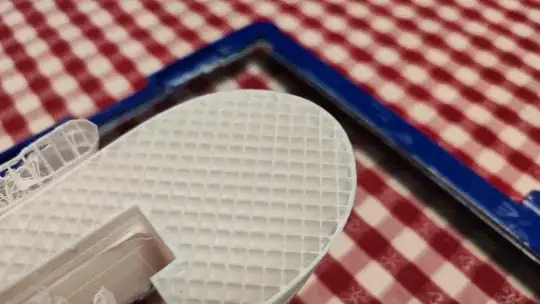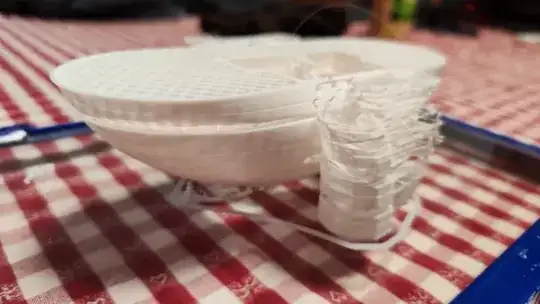This summer I bought a white PLA+ filament from Sunlu. After some trials, I found these settings in Ultimaker Cura for my Dremel 3D45:
The layer thickness is 0.2 mm. The objects were printed almost perfectly for my needs:
Now, after 3 months, I tried to print with the same material and of course with the same parameters. Even if the infill seems quite good:
the walls are terrible:
I'm using a dryer before and during the printing. I'm lost because I cannot think what can be happened.
The other variable is the environment temperature in the box: this summer was about 20 °C, now it is 12-13 °C. But given the use of the dryer and given that the Dremel is closed it should not matter.
Could the filament be damaged? Any other idea?



